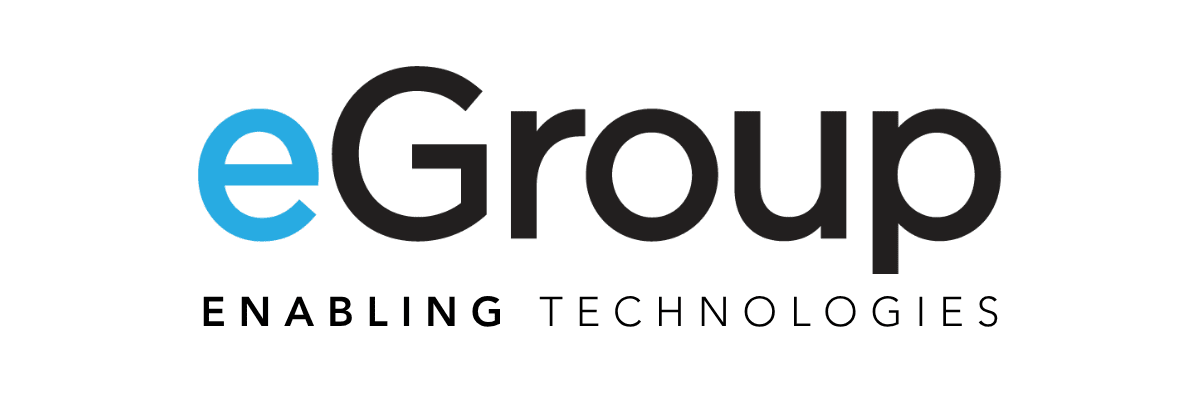A strategic cloud vendor management program is essential for maintaining security, compliance, and operational efficiency. Learn how to optimize vendor relationships, mitigate risks, and align cloud services with business goals.
Why Cloud Vendor Management Matters More Than Ever

An effective vendor management program has always been essential for IT teams. However, with the rise of cloud, SaaS, IaaS, and other “as a Service” offerings, vendor relationships have evolved from simple transactional engagements into critical strategic partnerships.
Cloud providers now host and secure sensitive business data—often outside of direct customer control. A vendor outage, breach, or failure can have severe business impacts, making proactive vendor management crucial to mitigating risks and ensuring reliability.
- With cloud adoption, vendor relationships have evolved into long-term partnerships requiring risk assessment, SLA evaluation, and ongoing management.
How Cloud Changes Vendor Management
Then vs. Now: Vendor Management Before & After Cloud Adoption
| Traditional On-Premises Model | Cloud Vendor Model |
|---|---|
| One-time capital expenditure (CapEx) for software and hardware | Ongoing operational expenses (OpEx) for cloud services |
| Vendor engagement limited to upgrades and support | Vendors provide continuous, mission-critical services |
| Internal teams responsible for uptime and redundancy | Vendors manage infrastructure uptime with SLAs |
| Long procurement cycles for new features | Instant feature updates and scalability |
| On-premises security controls | Shared security responsibilities with cloud vendors |
With these changes, cloud vendor management processes must evolve to ensure alignment with business strategy, financial planning, legal compliance, and security standards.
- Cloud adoption shifts IT management from self-managed infrastructure to vendor-reliant ecosystems, requiring new approaches to procurement, contracts, and security.
Key Considerations for Cloud Vendor Management

1. Sourcing & Procurement Considerations
- Cost is not the primary driver: Cloud decisions involve ecosystem alignment rather than just price comparisons.
- Executive buy-in is essential: Cloud adoption impacts company-wide strategy, making C-suite involvement critical.
- Understand Cloud SLAs: Cloud provider Service Level Agreements (SLAs) can be complex and non-negotiable—ensure they align with business needs.
- Optimize Cloud Operations with a strategic vendor management approach.
2. Financial Considerations
- Assess cloud vendor financial health: Public cloud providers like Microsoft publish uptime statistics, financial statements, and compliance reports, making risk assessment easier.
- Eliminate shadow IT spending: Unauthorized cloud services introduce redundant costs and security risks—ensure financial oversight.
- Budget for scalability: Cloud services scale with usage, meaning cost forecasting should account for growth, redundancy, and new integrations.
- Align cloud budgets with Microsoft Azure Services for cost-effective scalability.

3. Legal & Insurance Considerations
- Review vendor agreements: Ensure legal teams analyze cloud contracts to address liability, indemnifications, and compliance requirements.
- Update cyber insurance policies: Cloud disruptions may require modifications to cyber security insurance to cover data breaches, service failures, or business disruptions.
- Clarify liability: Cloud vendors do not assume full liability for service failures—clearly define responsibilities in contracts.
- Secure cloud environments with Backup and Disaster Recovery strategies.
4. Risk & Compliance Considerations
- Conduct regular risk assessments: Cloud solutions introduce new risks that must be identified and mitigated.
- Compliance is not automatic: Certifications like SOC 2, HIPAA, GDPR, PCI-DSS apply only to vendor infrastructure—businesses must configure their own security controls to remain compliant.
- Understand shared responsibility models: Cloud security is divided between vendors and customers—ensure internal teams implement best practices.
- Ensure compliance by aligning security controls with industry best practices.


5. Ongoing Vendor Management Best Practices
- Review vendor performance annually: Evaluate whether services still meet business needs.
- Maintain security contact information: Ensure vendors provide updated breach response protocols and security escalation contacts.
- Develop a vendor scorecard: Track uptime, service incidents, and SLA compliance.
- Monitor contract renewals & auto-renewals: Assess service value before renewal deadlines.
- Create vendor exit plans: Identify alternative providers and define data migration strategies in case of vendor failure.
- Proactively manage vendor relationships to optimize service reliability, security, and cost efficiency.
Final Thoughts: Maximizing Value from Cloud Vendors
Effective cloud vendor management is not just about procurement—it’s about building strategic partnerships, ensuring compliance, and optimizing IT investments. Organizations must adapt vendor oversight to account for shared responsibility models, evolving SLAs, and financial implications.
When managed correctly, cloud vendors enhance operational agility, security, and cost efficiency, providing long-term business value.
Let’s talk! Discover how eGroup can help you optimize vendor management and cloud operations. Contact us today!
Ready to evolve your cloud vendor management program?
Discover best practices and tailored solutions with our specialized Cloud Vendor Management Services.



